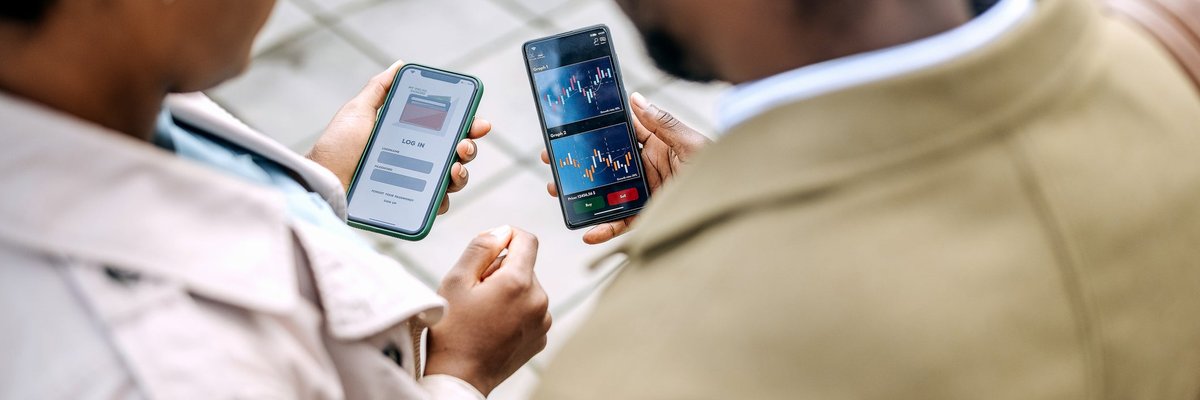You Might Not Guess the Amount of Stocks Owned by the 1%
KEY POINTS
- The wealthiest 1% of Americans account for 53% of the country's stock ownership.
- They hold $16.76 trillion in stock, whereas the bottom 50% of Americans hold just $19 billion.
- Economic inequality is a major issue in the United States, but don't let that stop you from investing and doing your best to improve your own financial situation.
Many people are aware that the United States has significant wealth inequality. Even knowing that, the actual numbers can be shocking.
The Motley Fool recently published research on how many Americans own stock. In that report, it also looked at how stock ownership compares between those at the highest levels of wealth and the rest of the population. The 1% has a very large and growing slice of the pie.
Stock ownership among the wealthiest Americans
As a whole, there are about 150 million Americans who own stock, and those stocks are worth $31.62 trillion. The wealthiest 1% own 53% of that, with a value of $16.76 trillion. Just 1% control over half the wealth in the country. Here's a full breakdown of stock ownership at each level of wealth, as of the third quarter of 2022:
- The top 10% own 88.6% of stocks ($28 trillion).
- Americans in the 50th to 90th percentile of wealth own 10.8% of stocks ($3.4 trillion).
- Americans in the bottom 50% own 0.6% of stocks ($19 billion).
To put it another way, the 1% hold about 882 times as much stock as the bottom 50%. You'd expect the wealthiest Americans to have more, but it's a much larger difference than many realize.
Unfortunately, it's also a difference that has been on the rise. Over the last two decades, stock ownership has tilted more and more toward wealthy Americans. Here's how it has changed over the years:
| Date | Top 1% | Top 10% | 50th to 90th percentile | Bottom 50% |
|---|---|---|---|---|
| 2001:Q1 | 41.9% | 78.8% | 19.7% | 1.5% |
| 2008: Q1 | 48.5% | 85.1% | 13.9% | 1.0% |
| 2015:Q1 | 51.4% | 86.6% | 12.6% | 0.7% |
| 2022:Q1 | 54.1% | 89.2% | 10.2% | 0.6% |
It has been a gradual change, so it's not as noticeable when just comparing one year to the next. But over a longer time period, there's a clear pattern. The rich get richer, and the other 90% of the country gets poorer.
Don't let a widespread issue stop you from improving your own finances
There's no way of sugarcoating it. Economic inequality is a serious issue in the United States. The distribution of wealth will never be even, but it can certainly be better than it is right now. A small percentage of Americans earn far more money than the rest and hold a massive portion of the total wealth in the country.
As frustrating as it can be, don't let it discourage you from saving money, investing, and building wealth. Focus on what you can do to improve your own financial situation.
If there's one lesson to take from this, it's that stocks are a smart way to invest your money. The richest Americans buy them for a reason. The stock market has historically grown about 10% per year. If you invest at least 10% to 20% of your income in stocks, it can make a huge difference in how much money you have later in life. There are several types of investment accounts available:
- 401(k) plans through an employer
- Individual retirement accounts (IRAs)
- Roth IRAs
- Individual brokerage accounts
People often start with a 401(k), if they work for an employer that offers one. An IRA or a Roth IRA is also a good option. These are all retirement accounts that can help you save on taxes, but generally don't allow penalty-free withdrawals until you're 59 1/2. An individual brokerage account doesn't offer tax savings, but you can withdraw money at any time without penalty.
Realistically, most of us aren't going to be joining the 1%. But we can all at least invest, build our own portfolios, and reach a comfortable position financially.
Our Research Expert
We're firm believers in the Golden Rule, which is why editorial opinions are ours alone and have not been previously reviewed, approved, or endorsed by included advertisers. Motley Fool Money does not cover all offers on the market. Motley Fool Money is 100% owned and operated by The Motley Fool. Our knowledgeable team of personal finance editors and analysts are employed by The Motley Fool and held to the same set of publishing standards and editorial integrity while maintaining professional separation from the analysts and editors on other Motley Fool brands. Terms may apply to offers listed on this page.



